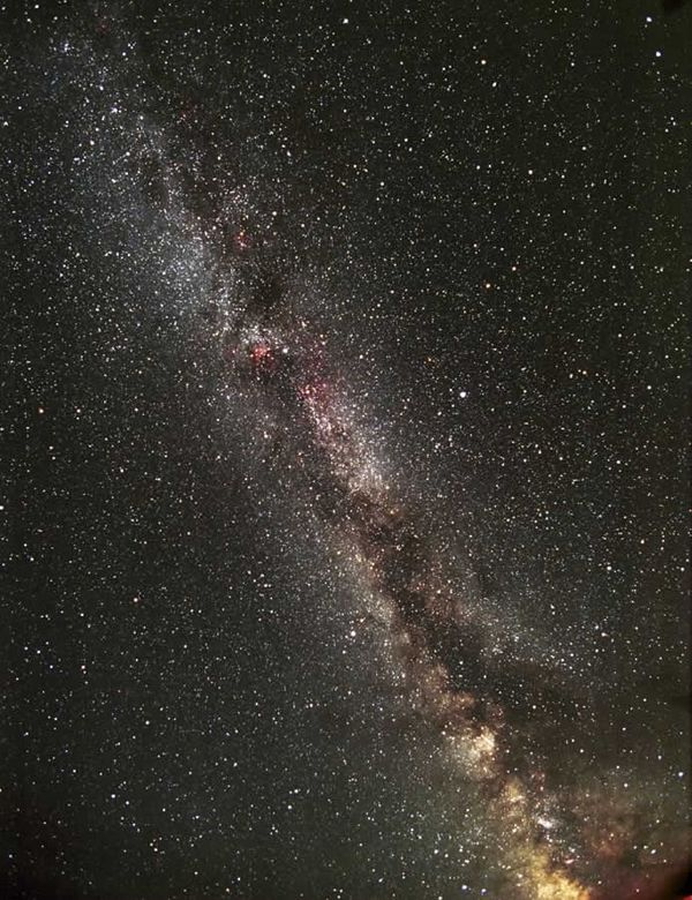Overview
Energetic feedback from low-metallicity massive stars regulates the evolution of low-mass galaxies, both nearby and in the early Universe. To understand those processes requires robust models of massive star formation, evolution, and ionizing photon production at low metallicity. Yet, these models remain largely theoretical and uncertain due to a lack of observational constraints in metal-poor galaxies close enough that individual stars and star-forming gas can be spatially resolved.
I will present new insights into the astrophysics of metal-poor stars in the nearby Universe using HST far-ultraviolet and ground-based optical spectroscopy of individual massive stars. Atmosphere models fit to these observations favor weaker winds than predicted by widely adopted theoretical wind recipes at very low metallicities. I will then describe the recent discovery of molecular gas in a 3% Solar metallicity star-forming galaxy with JWST, which provides a novel constraint on the nature of the metal-poor gas from which stars formed in the early Universe. These detailed observations that can only be made in very nearby dwarf galaxies are essential to guide the massive-star models that astronomers rely on to interpret observations of distant, metal-poor galaxies and their impact on the evolution of the early Universe.
